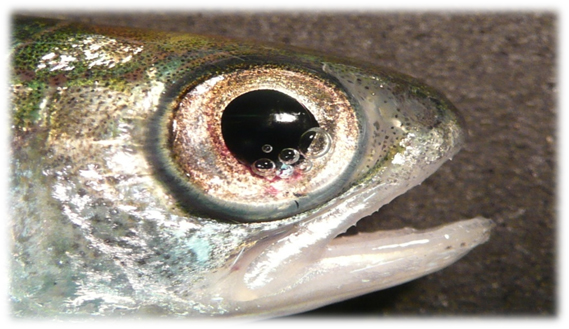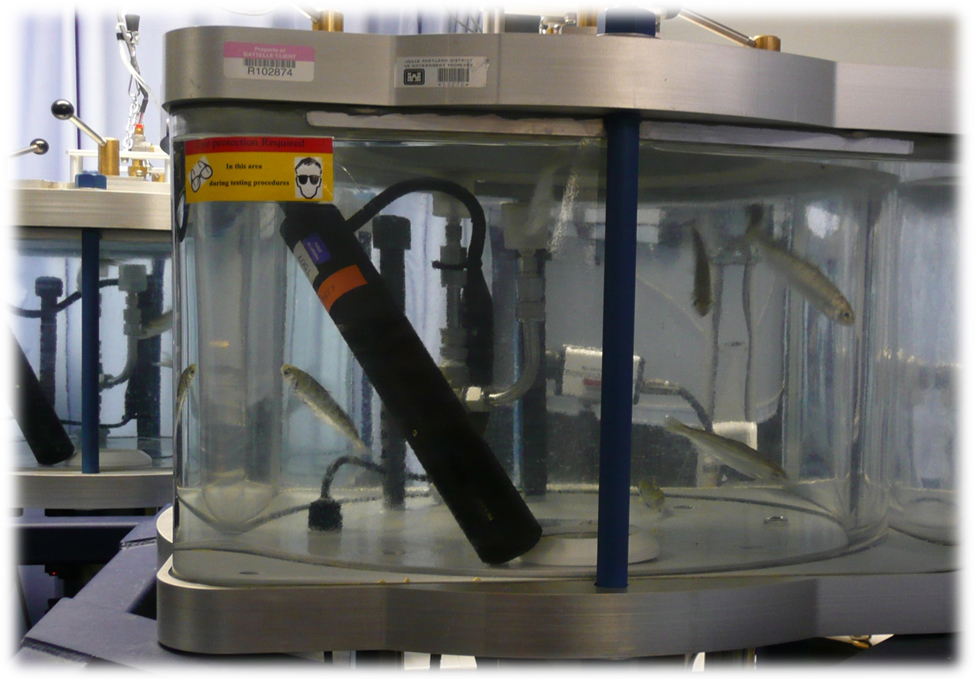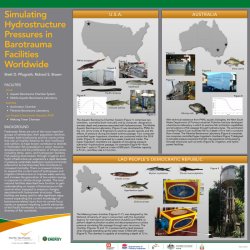Research Capabilities
Fish Bypass and Turbine Design
PNNL researchers have been studying the impact of passage through hydroelectric dams on juvenile salmonids. Using the Mobile Aquatic Barotrauma Laboratory (MABL) equipped with 4 hyper/hypobaric chambers they are able to replicate complex pressure exposure conditions in a laboratory setting. Rapid decompression occurs as fish pass through hydroturbines, which may be complicated by total dissolved gas supersaturation. These conditions when combined, result in increased probability of severe barotrauma. The MABL enables researchers to manipulate rapid decompression exposures over a pressure range from ~410 to 3 kPa absolute, and with total dissolved gas supersaturation from 100% to greater than 125%. Additional applications include evaluating injuries from spillway passage, landing of fish during commercial fishing and other scenarios involving rapid pressure changes.




Simulating Hydrostructure Pressures in Barotrauma Facilities Worldwide
Enlarged View
